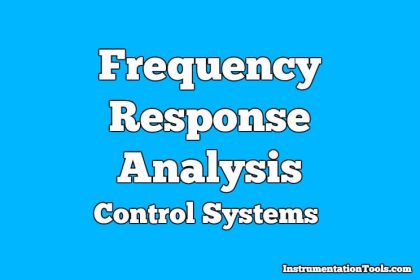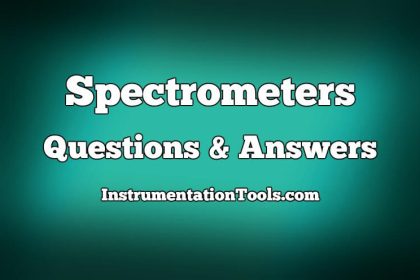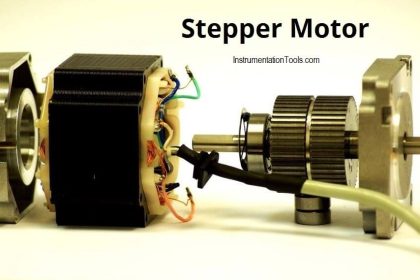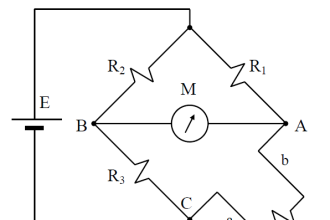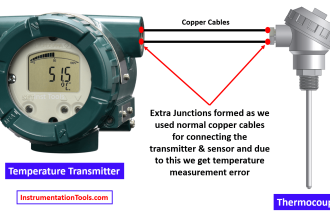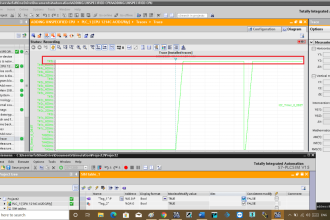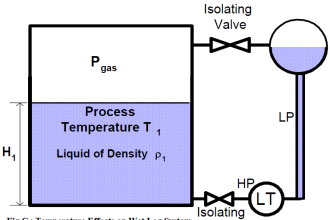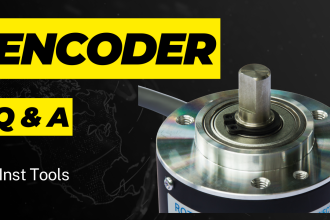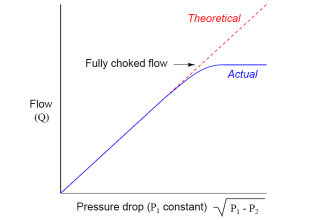Electron Spectroscopy for Chemical Analysis
1. The kinetic energy of the photoelectron energies is dependent on _________ of the atom, which makes XPS useful to identify the oxide state.
a) Mass
b) Charge
c) Chemical environment
d) Volume
Answer: c
Explanation: The kinetic energy of the photoelectron energies is dependent on chemical environment of the atom, which makes XPS useful to identify the oxide state. It also helps to identify the ligands of the atom.
2. Ion etching techniques provides the depth profiling from the surface.
a) True
b) False
Answer: a
Explanation: Ion etching techniques provides the depth profiling from the surface. Binding energy can also be used.
3. Electron spectroscopy is based on the ionization phenomenon.
a) True
b) False
Answer: a
Explanation: Electron spectroscopy is based on the ionization phenomenon. It can be ionization of photon or electron.
4. The kinetic energy of the ejected photoelectron is dependent upon the energy of which of the following?
a) Ions around
b) Photons around
c) Material
d) Impinging photon
Answer: d
Explanation: The kinetic energy of the ejected photoelectron is dependent upon the energy of impinging photon. A free electron is ejected.
5. ESCA gives sufficient chemical information up to a depth about ________ armstrong in metals.
a) 5-20
b) 15-40
c) 40-100
d) 100-200
Answer: a
Explanation: ESCA gives sufficient chemical information up to a depth about 5-20 armstrong in metals. ESCA is also known as X-ray photoelectron spectroscopy.
6. ESCA gives sufficient chemical information up to a depth about ________ armstrong in polymers.
a) 5-20
b) 15-40
c) 40-100
d) 100-200
Answer: c
Explanation: ESCA gives sufficient chemical information up to a depth about 40-100 armstrong in polymers. ESCA is also known as X-ray photoelectron spectroscopy.
7. ESCA gives sufficient chemical information up to a depth about ________ armstrong in oxide.
a) 5-20
b) 15-40
c) 40-100
d) 100-200
Answer: b
Explanation: ESCA gives sufficient chemical information up to a depth about 15-40 armstrong in oxide. ESCA is also known as X-ray photoelectron spectroscopy.
8. ESCA can identify elements in the periodic table above which of the following?
a) Carbon
b) Boron
c) Helium
d) Potassium
Answer: c
Explanation: ESCA can identify elements in the periodic table above helium. Adjacent elements are clearly distinguished.
9. Discrete electrons cannot be observed in electron ionization of an atom due to which of the following reasons?
a) Environmental disturbances
b) Same mass
c) Same charge
d) Electron- electron interaction
Answer: d
Explanation: Discrete electrons cannot be observed in electron ionization of an atom because of electron-electron interaction. Therefore, ESCA cannot be observed when using electron ionization.
10. ESCA focusses on which of the following information?
a) Mass of the electron
b) Charge of the electron
c) Binding energy of the electron
d) Mass of atoms
Answer: c
Explanation: ESCA focusses on binding energy of the electrons. It focusses on the binding energy which the electrons had before they left the atom.
11. In the spectrum, two main peaks at _________ and ________ are observed.
a) 284.6, 532.5
b) 248.6, 523.5
c) 264.8, 535.2
d) 246.8, 553.2
Answer: a
Explanation: In the spectrum, two main peaks at 284.6 and 532.5 are observed. The unit for counting energy is electron-volt.
12. 284.6 eV matches which of the following specific atom type?
a) Carbon
b) Oxygen
c) Nitrogen
d) Argon
Answer: a
Explanation: Each energy matches a specific atom type. 284.6 eV matches carbon.
13. 532.5 eV matches which of the following specific atom type?
a) Carbon
b) Oxygen
c) Nitrogen
d) Argon
Answer: b
Explanation: Each energy matches a specific atom type. 532.5 eV matches carbon.
14. By studying which of the following can we determine if the surface corresponds to C-O or C=O chemical form?
a) Mass of the electron
b) Energy of the carbon peak
c) Binding energy
d) Charge of electron
Answer: b
Explanation: By studying energy of the carbon peak it can be determined if the surface corresponds to C-O or C=O chemical form. Thus, the specimen chemical composition can be obtained.
15. Which of the following is the detection limit of ESCA?
a) 0.1% monolayer
b) 0.5% monolayer
c) 1% monolayer
d) 2% monolayer
Answer: a
Explanation: The detection limit of ESCA is 0.1% monolayer. It has no x-y resolution
